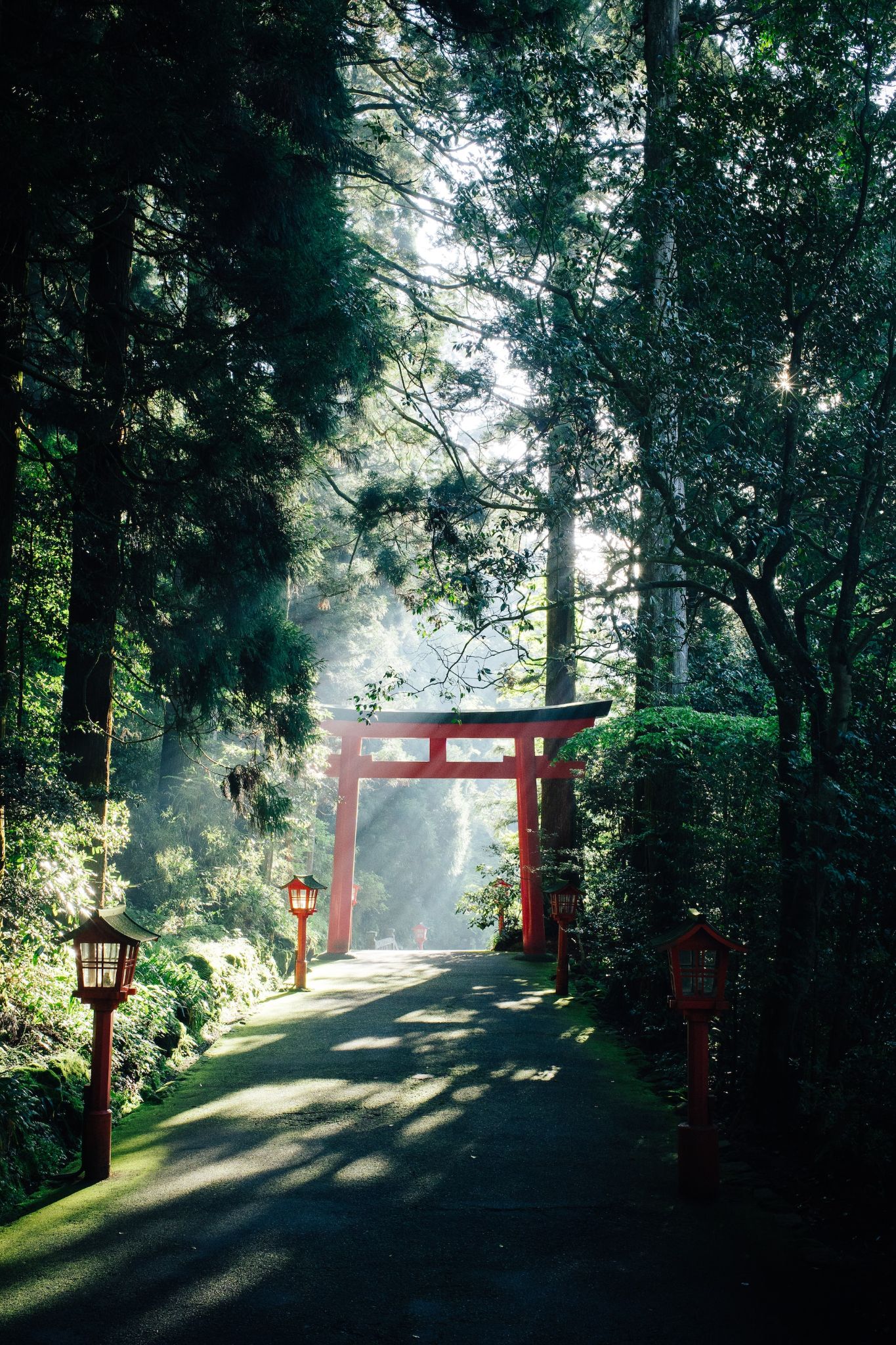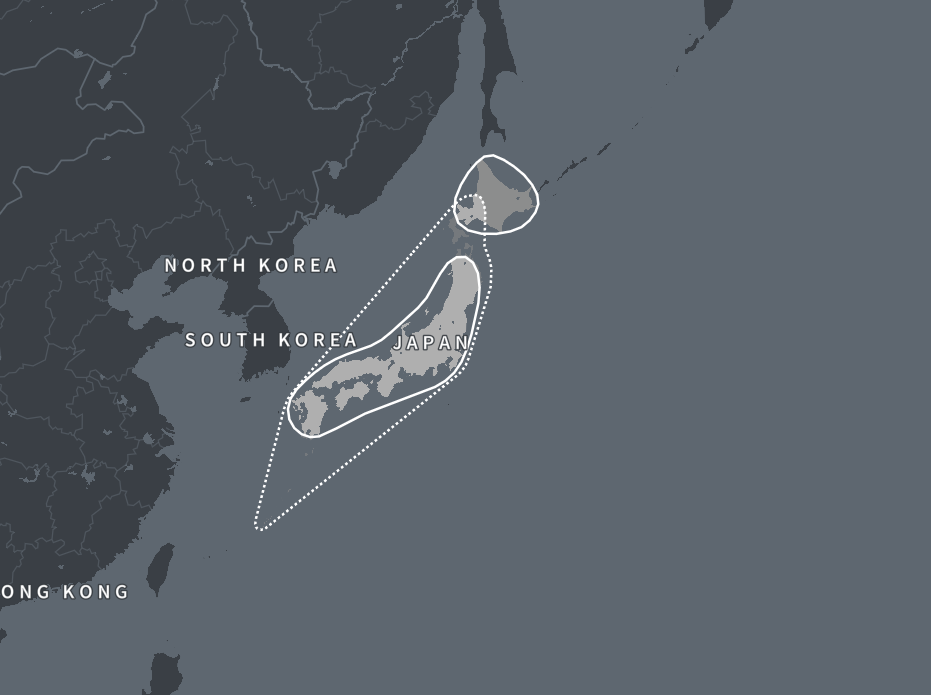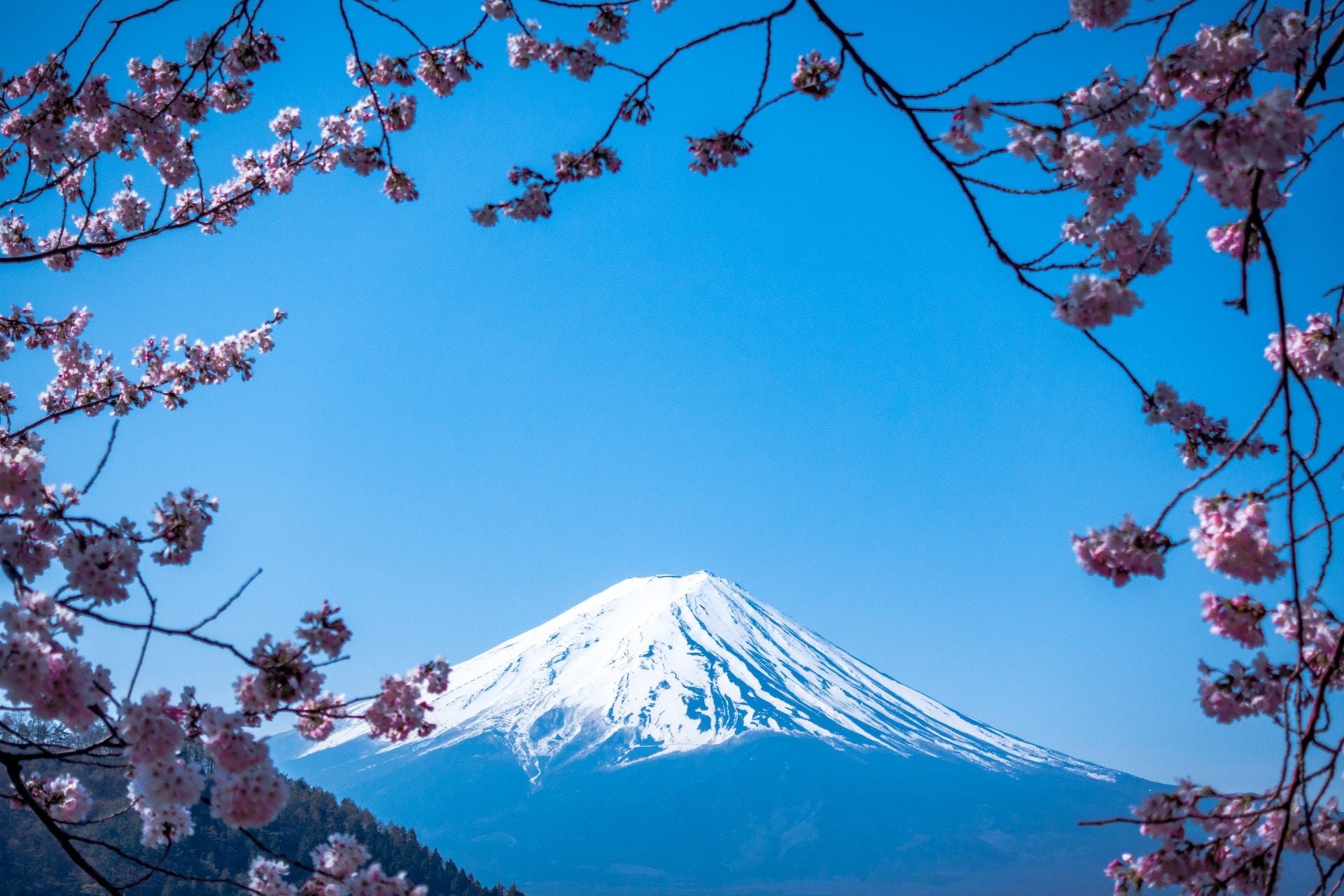What is Japan DNA Ethnicity on Ancestry?
The results of our AncestryDNA tests may sometimes be what we expect or on occasion may be a big surprise. Either way, often we need a little more information regarding some of the regions that arise in our ethnicity estimates.

One such region is the Japan DNA region. Those who still live in this region already understand all about its history and culture. There are others, however, who may never have even visited or in fact been aware that they have ancestors from that area.
In this post we will go into more detail with regards to the history, geography and culture of the Japan region. We will also discuss what it means to be from this region and how easy or difficult it might be to trace our roots in the Japan Region.
What Is the Japan DNA Region on Ancestry?
The Japan DNA region on AncestryDNA unsurprisingly falls into the geographic region known as Japan. This includes the 4 main islands of Hokkaido, Honshu, Kyushu and Shikoku as well as dozens of smaller inhabited islands in the area.

Sitting to the east of mainland China, North Korea and South Korea this island nation has a long and rich history.
History of Japan
The earliest universally accepted presence of humans in what we know as Japan today dates back to around 35,000 BC. This was during the Paleolithic era when the islands of Japan were essentially one land mass and this land mass was connected to the mainland.
Thousands of years of tectonic activity caused this landmass to separate from the mainland and also fragment into the islands of Japan that we recognize today. The evidence of these earliest inhabitants is slim due to a naturally acidic soil in the region and the possibility that many archaeological sites of interest may have been swallowed up by the ocean as the islands broke apart.
Jomon Period
Due to the limited ancient evidence, the first cultures of Japan for which there is a reasonable understanding date back to the Jomon period which started around 14,500 BC. This represents cultures that developed during the Mesolithic and Neolithic eras in which sedentary hunter-gatherers are thought to have been the inhabitants of the islands.

This culture seems to have lived mainly in small houses that were built into the ground. To supplement their hunting and gathering activities many of these groups seem to also practiced rudimentary agriculture.
Japonic-Speaking Peoples
It is thought that around 700 BC the first Japonic-speaking peoples, the Yayoi, began to arrive in the region we call Japan. These peoples likely migrated from either the Korean peninsula, Yangtze river region of China or South east Asia. They would merge into the existing hunter-gather groups rather than replacing them.
The arrival of the Yayoi would see improvements in pottery and the introduction of wet-rice farming to Japan. It was also during this period that legend suggests that the continuous imperial line began. The legend claims that the first emperor of Japan came to power around 660 BC. This was supposedly Emperor Jimmu who was also claimed to be the grandson of the Sun goddess Amaterasu.
This supposed unbroken line claims that the current Emperor is connected directly to Emperor Jimmu and of course the sun goddess. In truth the first confirmed founder of the lineage was Emperor Kinmei who ruled from 539 AD – 571 AD. Kinmei is considered the first historically verifiable Emperor meaning all others mentioned before are considered mythical.
Early Recorded Japan
The first record of Japan dates back to the Book of Han completed in 111 AD. This book was a record of the Han dynasty but it did make mention of the peoples of the by then Island nations of Japan.
It was in 552 AD that Buddhism was first introduced to Japan from the Korean kingdom of Baekje. It was not immediately accepted however as what eventually became Japanese Buddhism was mainly influenced by connections with China. The ruling classes were the first to accept this new religion and it would start to gain acceptance starting in the Asuka period (592 – 710 AD).
Feudal Japan
The history of Japan began to become more increasingly agricultural as time carried on with various government changes occurring. This eventually culminated in a feudal system whereby from 1185 the ruling class became the warriors known as samurai.
This would mean a long period of internal war between various Japanese clans with an almost constant struggle for control. Not only were groups fighting each other but they were also fending off invasion attempts from the Mongol Empire.
Does the Japan Region Have Sub-Regions?
Many of the large regions that AncestryDNA covers have multiple sub-regions. But Japan only has two sub-regions. These are the Hiroshima, Yamaguchi, Fukuoka, Olta & Kumamoto and the Okinawa regions. It is often beneficial when we get assigned to smaller subregions when it comes to our family history research.

With Japan being a fairly small DNA region these two subregions can make a big difference in tracing where your original ancestors from the region may have been born.
How Did You Get Japan Region DNA?
If you already know that you had a family who came from Japan then you know why you have Japanese DNA. If this result comes as a surprise however you may not know how exactly you came by DNA from this region.
If you have a sizable percentage of DNA from this region or one of its sub-regions then it is likely you have an ancestor who was born in or close to that area. Smaller percentages indicate an older connection to the region that may be harder to trace.
Japanese Migration to the US
Starting in 1639 Japan had a strict policy of no contact with Europe and its colonies; this would last until 1853 when Commodore Matthew Perry from the US sailed gunships into Tokyo Harbor forcing the reclusive nation to open its borders for trade.
Until this point the people knew little of what else was happening in the world and were used to the way their nation was run by those in power. This arrival by the US Navy quickly spread a social transformation in Japan. It was not only a display of modern military might compared to the more classical Japanese interpretation but also of a more desirable way of life.
This would lead to rapid urbanization and industrialization of Japan and a sharp decline in the former agricultural might of the nation. It was also soon after Commodore Perry’s arrival that in 1868 the first Japanese immigrants would arrive illegally in Hawaii. Although not yet part of the United States as yet the Hawaiian consul general secretly hired 148 Japanese laborers.
The bulk of the Immigration however started in the 1880s when laws were relaxed and Japan would take an active role in choosing the best possible immigrants to send out into the world. It is estimated that between 1886 – 1911 over 400,000 men and women left Japan for the United States and its controlled lands.
Final Thoughts
For thousands of years the people of Japan were closed off from the influences of the west only really interacting with their close mainland neighbors. It was not until the 19th and 20th centuries that significant immigration out of the nation took off.
This means that many people with an ancestral link with Japan stand a decent chance of discovering more about their family dating back to this region. It is especially much easier if the immigration processes were legal and well recorded.
Link To or Reference This Page
We spent a lot of time downloading, cleaning, merging, and formatting the data that is shown on the site.
If you found the data or information on this page useful in your research, please use the tool below to properly cite or reference Name Census as the source. We appreciate your support!
-
<a href="https://namecensus.com/blog/what-is-japan-dna-ethnicity-on-ancestry/">What is Japan DNA Ethnicity on Ancestry?</a>
-
"What is Japan DNA Ethnicity on Ancestry?". NameCensus.com. Accessed on May 2, 2024. https://namecensus.com/blog/what-is-japan-dna-ethnicity-on-ancestry/.
-
"What is Japan DNA Ethnicity on Ancestry?". NameCensus.com, https://namecensus.com/blog/what-is-japan-dna-ethnicity-on-ancestry/. Accessed 2 May, 2024
-
What is Japan DNA Ethnicity on Ancestry?. NameCensus.com. Retrieved from https://namecensus.com/blog/what-is-japan-dna-ethnicity-on-ancestry/.
